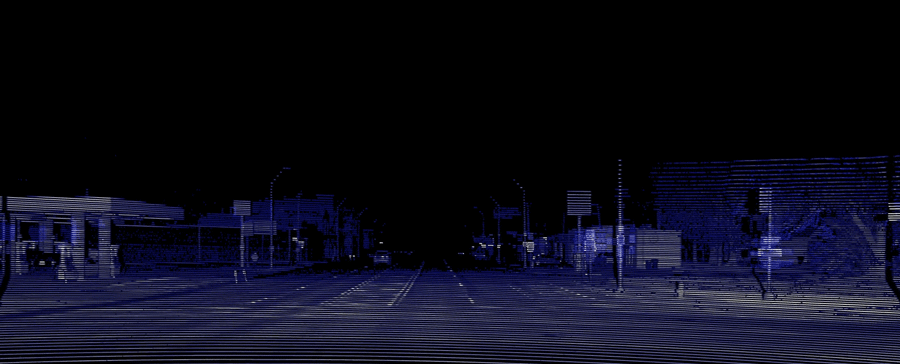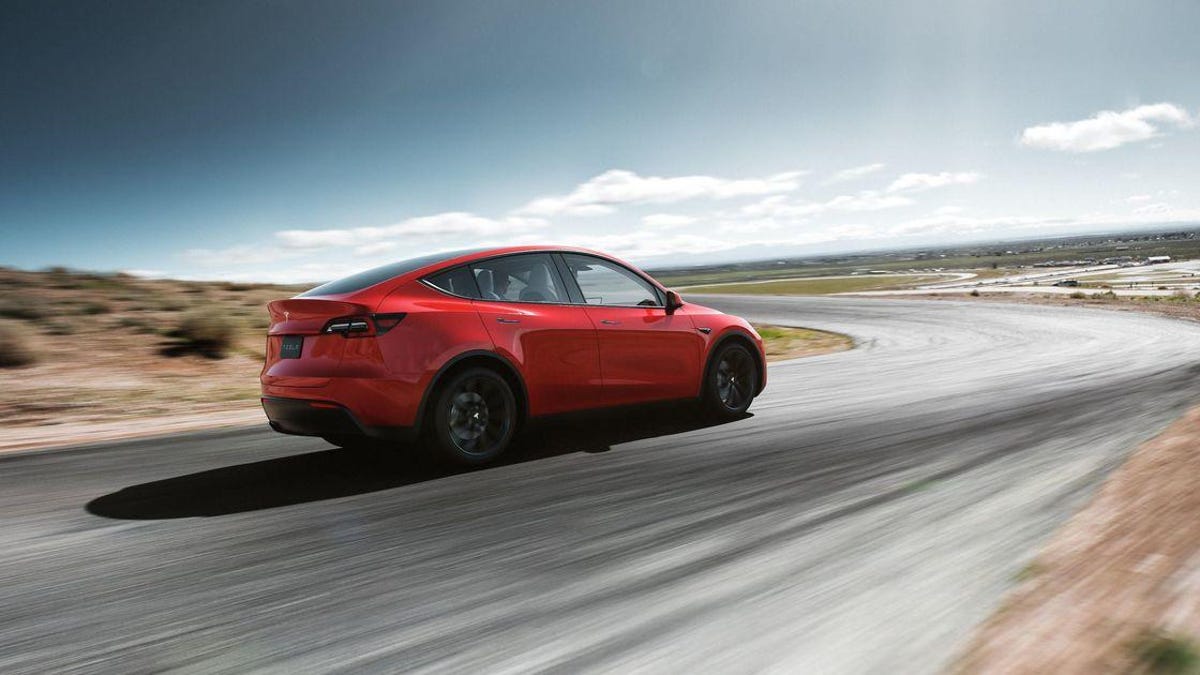Good arguments (though FSD washes the windshield when it thinks it needs is). However, they apply equally to any sensor. Radar can have trouble in different weather conditions, LIDAR is subject to interference from other so equipped cars etc etc. And, incidentally, your arguments also apply to humans. How could YOU drive if the windshield was obscured by mud? You can always ways find an edge-case where any system cannot work. So what?Also, as a lay person, at a conceptual level, how can cameras alone be sufficient for L5 or even L4? What if the cameras are blocked even if for a brief moment while the car is self driving at highway speeds? There isn’t even a cleaning mechanism or washers. What if the cameras are blinded by fog, snow, slush etc? There are million what if scenarios that could render cameras alone inadequate. If I were a betting man, I would bet on Waymo or Cruise getting there first and Tesla having to revisit their sensor choices. Elon has disappointed for too long on this front.
Elon aside (I'm sure many Tesla employees roll their eyes after his tweets) Tesla has chosen to take the "hard" path .. to create an L2 system that uses vision alone. if they succeed (and that is a BIG "if") they will have a cost advantage over others, and a global advantage in not relying on HD maps everywhere. If they fail, it will be an interesting failure, though (I suspect) temporary, since we already know driving is technically possible using vision alone, as we all do it every day. (Others have argued that humans use reasoning that a car will never have, but of course that applies equally regardless of the sensor suite.)
Finally, all non-vision sensors are essentially augmentation of the vision system. Radar can tell you that "something roughly over there is moving at such and such a speed" but it can't tell you what it is, and LIDAR is similar. Under no circumstances can any of these self-driving systems work without the vision system. So your argument applies equally to all self-driving efforts, regardless of the auxiliary sensors deployed.





